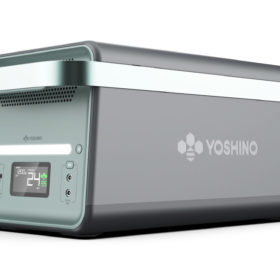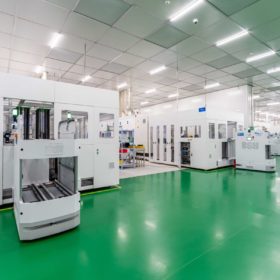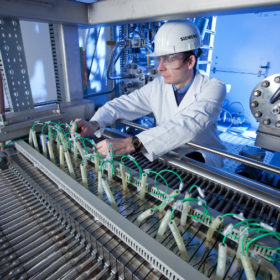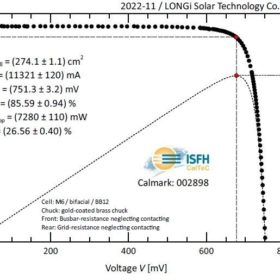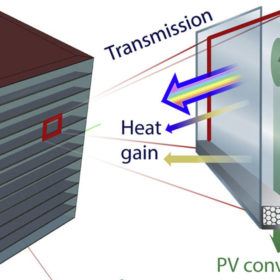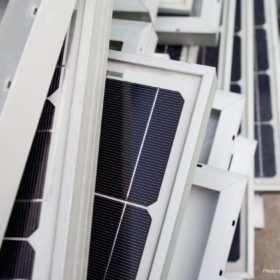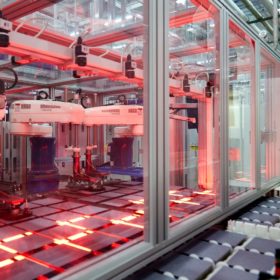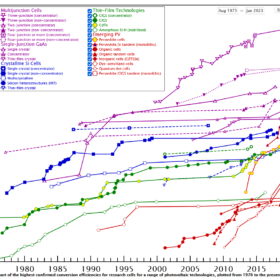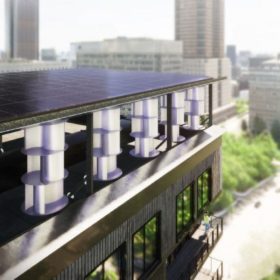US startup unveils portable solid-state lithium-ion battery for residential use
California-based Yoshino Technology has developed portable batteries using solid-state Li-NCM cell technology. The four variants come with power outputs of 330 W, 660 W, 2,000 W, and 4,000 W.
Trina Solar starts producing 210 mm n-type TOPCon solar cells
Trina Solar says its industrial tunnel-oxide passivated contact (i-TOPCon) solar cells, based on 210 mm wafers, have started rolling off the production line at its 8 GW factory in China. It will use the n-type cells to produce its new Vertex N modules, with power outputs ranging up to 605 W, and an efficiency rating of 22.4%.
New electrolyzer to split saltwater into hydrogen
Chinese scientists have developed a new way to split seawater into hydrogen without using a separate desalination process. They incorporated a self-breathable waterproof membrane and a self-dampening electrolyte (SDE) into the electrolyzer, so water migrates from the seawater across the membrane to the SDE, without extra energy consumption.
Longi claims world’s highest efficiency for p-type, indium-free HJT solar cells
Longi said it has achieved a 26.56% efficiency rating for a gallium-doped, p-type heterojunction (HJT) solar cell and a 26.09% efficiency rating for an indium-free HJT cell, both based on M6 wafers. Germany’s Institute for Solar Energy Research in Hamelin (ISFH) has confirmed the results.
PV windows cut energy use by 40% in glazed buildings, says NREL
The US National Renewable Energy Laboratory (NREL) has shown that perovskite-based thin-film PV, transparent PV, and dynamic PV glazing technologies can reduce the energy use of glazed buildings by around 40% across eight regions in the United States.
Itochu to start recycling solar modules
Japan’s Itochu has announced a new tie-up with France’s Rosi Solar, which develops tech to recover and recycle high-purity silver, copper and silicon from solar modules.
Qcells, European consortium launch production line for tandem silicon-perovskite solar cells
South Korea-based Qcells and a research group led by Helmholtz-Zentrum Berlin (HZB) have established a pilot manufacturing line for silicon-perovskite tandem cells in Thalheim, Germany. The project aims to speed up the technology’s mass manufacturing and market penetration.
NREL updates interactive chart of solar cell efficiency
The US National Renewable Energy Laboratory (NREL) has released a new, interactive version of its research cell efficiency chart for a range of PV technologies.
French startup reveals rooftop system with PV panels, mini wind turbines
French startup Unéole has developed a rooftop system that combines solar and silent wind turbines. It claims its system can produce 40% more energy than standalone rooftop solar arrays. It is now testing the device, with plans to commercialize it by 2023.
Ernst & Young again ranks India as world’s most attractive solar market
India is the top market for solar investment, according to the latest edition of Ernst & Young’s renewables attractiveness index. Spain, Germany and the United States are the top three markets for corporate power purchase agreements (PPAs).
